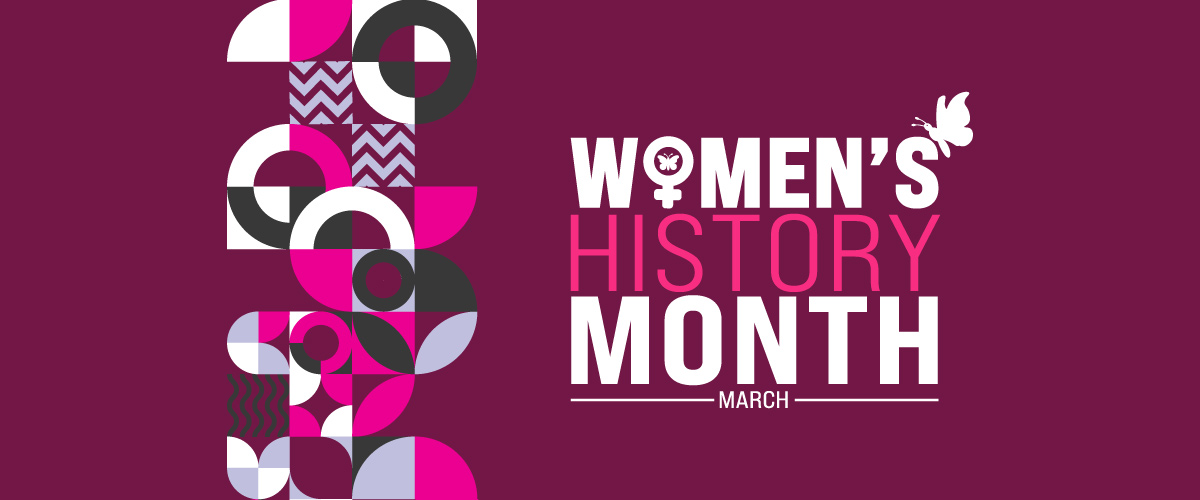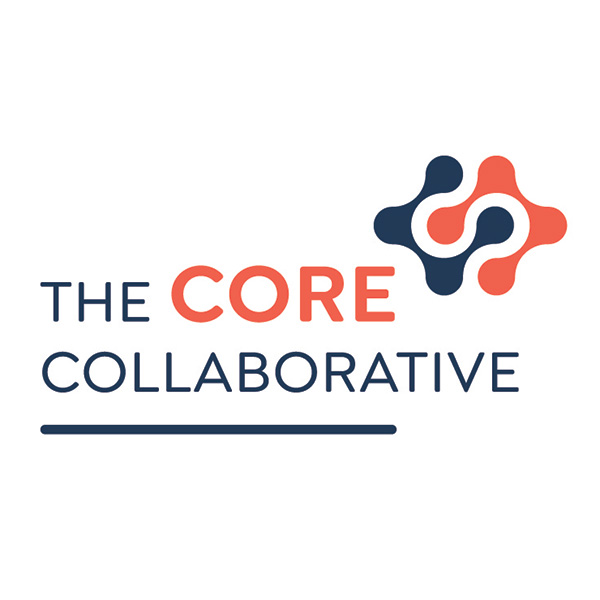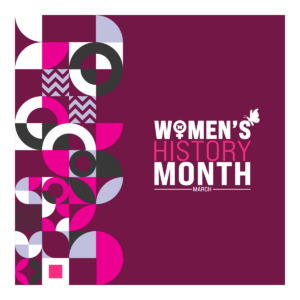
National Women’s Month is a time to celebrate the resilience, achievements, and contributions of women throughout history and in the present day. Women have played pivotal roles in shaping societies, advancing human rights, and breaking barriers in various fields. Yet, their accomplishments have often been overlooked or undervalued in historical narratives. National Women’s Month, established in 1987, aims to correct this imbalance by highlighting women’s contributions and inspiring future generations to continue striving for equity and inclusion. Over the years, this celebration has evolved into a global movement that not only recognizes historical milestones but also amplifies the voices of women making an impact today.
To honor this important month, we’ve curated a list of seven children’s books written by a diverse group of female authors from the U.S. and around the world. These books not only celebrate women’s accomplishments but also encourage young readers to think critically about history, leadership, and the ongoing journey toward gender equality.
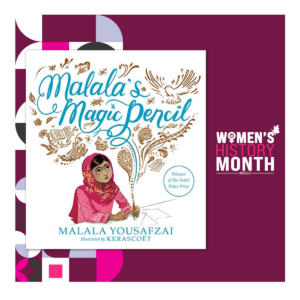 1. “Malala’s Magic Pencil” by Malala Yousafzai
1. “Malala’s Magic Pencil” by Malala Yousafzai
This beautifully illustrated memoir by Nobel Peace Prize winner Malala Yousafzai shares her journey of advocating for girls’ education. Through the lens of her childhood dreams of having a magic pencil to solve problems, Malala’s story highlights her courage and determination in the face of adversity. Malala has been honored globally, including receiving the Nobel Peace Prize and having a United Nations campaign, “Malala Day,” named in her honor.
Discussion and Classroom Ideas: Use this book to discuss the importance of education for all and its global impact. Students can research educational disparities around the world and create projects that map out efforts to improve access to education, integrating geography and sociology.
 2. “Hidden Figures: The True Story of Four Black Women and the Space Race” by Margot Lee Shetterly
2. “Hidden Figures: The True Story of Four Black Women and the Space Race” by Margot Lee Shetterly
Immerse students in the stories of Katherine Johnson, Dorothy Vaughan, Mary Jackson, and Christine Darden, whose mathematical genius helped NASA achieve historic space missions. Their contributions broke barriers in both gender and racial equity. These women have been honored with Congressional Gold Medals, and their legacies were celebrated in the 2016 film “Hidden Figures.”
Discussion and Classroom Ideas: Explore the intersections of race, gender, and STEM fields. Have students research a historical or modern female trailblazer in science and create timelines showing the progression of women’s contributions to STEM.
 3. “The Girl Who Thought in Pictures: The Story of Dr. Temple Grandin” by Julia Finley Mosca
3. “The Girl Who Thought in Pictures: The Story of Dr. Temple Grandin” by Julia Finley Mosca
Temple Grandin, a scientist and animal behaviorist who overcame the challenges of autism to revolutionize the livestock industry, is celebrated in this inspiring biography. The book’s engaging rhymes and vibrant illustrations make Grandin’s achievements accessible to young readers. Temple Grandin’s work has been honored with a place in the National Women’s Hall of Fame and numerous awards for her contributions to animal science.
Discussion and Classroom Ideas: Discuss neurodiversity and its role in innovation. Students can create posters celebrating diverse ways of thinking and research how accessibility in education and the workplace has evolved over time.
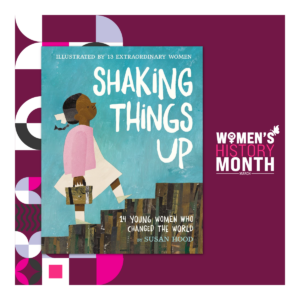 4. “Shaking Things Up: 14 Young Women Who Changed the World” by Susan Hood
4. “Shaking Things Up: 14 Young Women Who Changed the World” by Susan Hood
This anthology introduces readers to 14 trailblazing women, from Malala Yousafzai to Maya Lin, through free-verse poems and stunning illustrations. Each story showcases how these young women used their voices to enact change. Many of these women have been honored through awards, monuments, and public recognition for their groundbreaking work.
Discussion and Classroom Ideas: Assign each student a figure from the book to research further. Encourage them to create presentations connecting these women’s accomplishments to broader historical or societal movements.
 5. “She Persisted: 13 American Women Who Changed the World” by Chelsea Clinton
5. “She Persisted: 13 American Women Who Changed the World” by Chelsea Clinton
Highlighting the perseverance of women like Harriet Tubman, Sonia Sotomayor, and Oprah Winfrey, this empowering book celebrates the determination and strength of women who broke barriers in various fields. These women, some household names and others that ought to be, have been honored through historical landmarks, awards, and cultural recognition, cementing their legacies.
Discussion and Classroom Ideas: Students can create “persisted” posters about women in their community or history, linking their stories to specific historical events. This activity integrates history and art while fostering local connections.
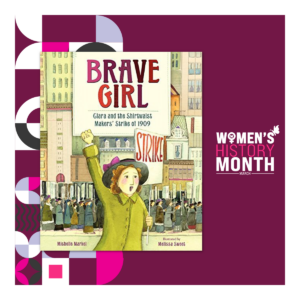 6. “Brave Girl: Clara and the Shirtwaist Makers’ Strike of 1909” by Michelle Markel
6. “Brave Girl: Clara and the Shirtwaist Makers’ Strike of 1909” by Michelle Markel
This story follows Clara Lemlich, a young immigrant who led the largest strike of women workers in U.S. history. Her activism helped improve working conditions and inspired labor movements across the country. Clara Lemlich’s contributions have been honored in labor history archives and commemorations of women’s rights activists.
Discussion and Classroom Ideas: Use this book to discuss the labor movement and its impact on workers’ rights. Students can create maps showing the origins of major labor strikes and write journal entries from the perspective of workers during Clara’s time.
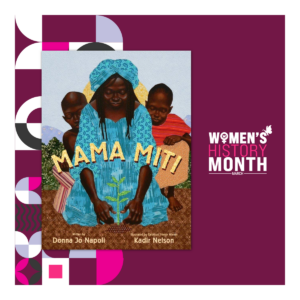 7. “Mama Miti: Wangari Maathai and the Trees of Kenya” by Donna Jo Napoli
7. “Mama Miti: Wangari Maathai and the Trees of Kenya” by Donna Jo Napoli
Do you know the name Wangari Maathai? Her Green Belt Movement empowered Kenyan women to plant trees, transforming the environment and their communities. As a result of her hard work, brilliant thinking, and perseverance, she became the first African woman to win the Nobel Peace Prize along with numerous other environmental awards. This beautifully illustrated book honors her life and the story within her story continues to inspire global reforestation efforts.
Discussion and Classroom Ideas: Incorporate environmental science and geography by having students research reforestation efforts around the world. They can create action plans for environmental projects in their own communities.
These extraordinary women who have shaped history and continue to inspire change have so much to offer us and these books are a great way to get to know them and their work. By integrating these stories into classrooms, educators can foster meaningful discussions about leadership, equity, and resilience while encouraging students to take action in their communities.
This National Women’s Month, let’s celebrate the lives, work, and contributions of women from history and the present, and commit to honoring their legacies throughout the year. Together, we can empower the next generation of women to dream big and persist in their pursuits.
Check out the Library of Congress collection for various resources and lesson ideas.
Extend Your Impact with YES
Continue to honor the contributions of women and others by bringing Youth Empowered Stewardship (YES) to your school. YES is an innovative and experiential learning process that activates and sustains authentic partnerships between adults and students, leading to compelling, sustainable, and vibrant communities. Facilitators foster multigenerational collaboration through music, movement, and visual arts to address complex educational challenges with an asset-based, solution-oriented process that drives continuous improvement. YES aligns with the messages in these books by empowering youth to share their voices and foster equity through creativity and connection.


